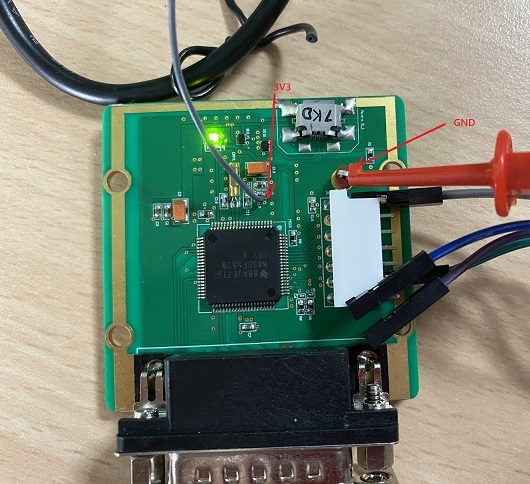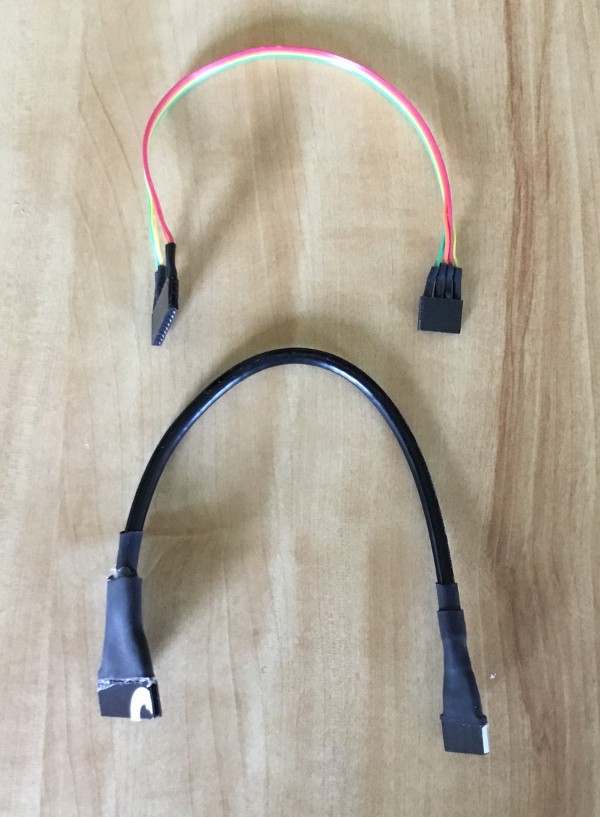Other Parts Discussed in Thread: MSP430F5519
Tool/software: Code Composer Studio
Hi All
I have an MSP430F5529LP and have designed my own PCB with 430F5529. Now I'd like to program the new MSP430 embedded on the PCB but failed.
Problem description:
1. MSP430F5529LP works fine, the eZ-FET emulator can program the onboard MSP430F5529 when jumpers are connected.
2. I would like to use SBW mode to program my customized PCB embedded 430F5529 and have SBWTCK, SBWTDIO, and GND pins which are connected to identical pins on the launchpad jumpers.
3. The SBWTDIO pin in my customized PCB follows the launchpad schematic; it connects to 3V3 via a 47K Ohm resistor and a 1nF capacitor to GND.
3. My customized PCB is power by USB Vbus 5V but not 3V3/5V from the lauchpad. I did measure the voltage on my PCB and the voltage was correct.
4. When opening my code project in CCS and pressing debug, it returns me error "Error connecting to the target: Unknown device"
Did I miss anything; Do I need to set anything to activate SBW mode?
Thank you
Vincent



